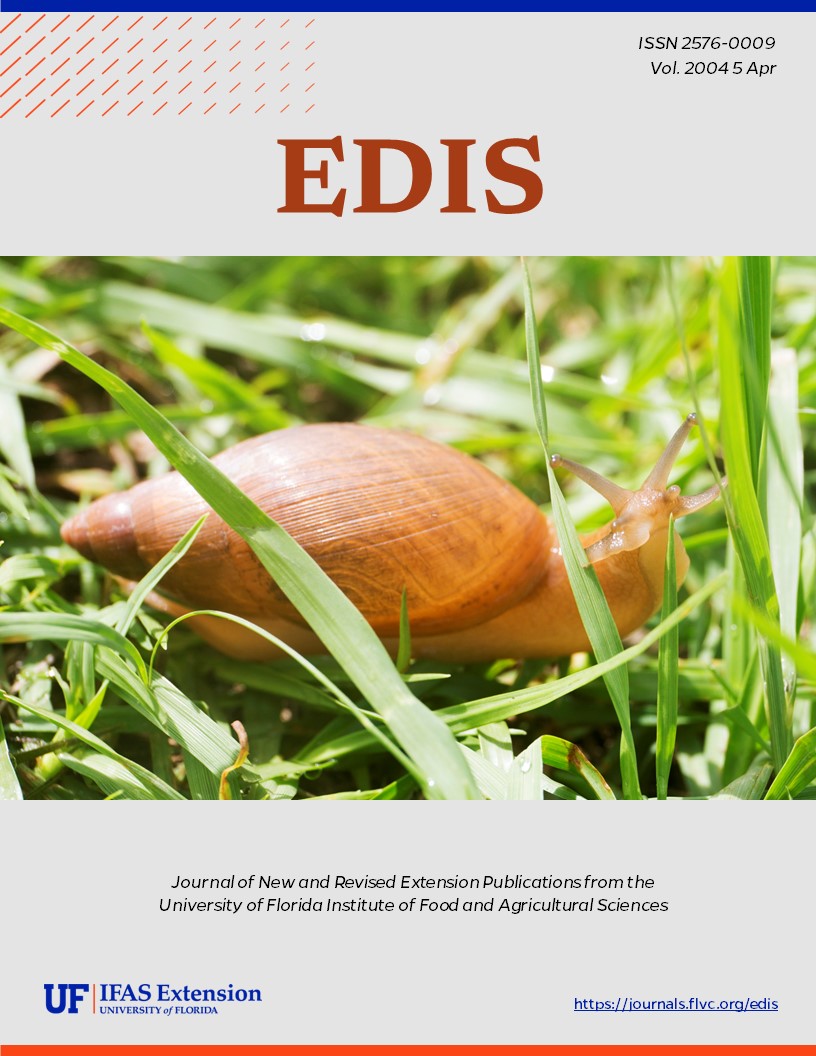Abstract
This extension publication outlines plant characteristics that have the greatest effect on flammability, as discussed at three levels: plant parts (primarily leaves), whole plants, and groups of plants. Selecting firewise plants can reduce wildfire risk, but during drought conditions, most plants will burn if exposed to enough heat, regardless of their flammability. This document is Circular 1445, one of the series Fire in the Wildland-Urban Interface of the School of Forest Resources and Conservation, Florida Cooperative Extension Service, Institute of Food and Agricultural Sciences, University of Florida. First published: March 2004.
References
Bond, W. and van Wilgen, B. 1996. Fire and Plants. Chapman and Hall, New York. https://doi.org/10.1007/978-94-009-1499-5
Dennis, F.C. 1999. Fire-resistant Landscaping. Colorado State University Cooperative Extension Publication 6.303.
Dennis, F.C. 1999. Firewise Plant Materials. Colorado State University Cooperative Extension Publication 6.305.
Gilmer, M. 1996. Landscaping in the I-zone. Pp. 194-203 in R. Slaughter (ed.), California's I-zone. State of California.
Monroe, M. and Long, A. 2001. Landscaping in Florida with Fire in Mind. University of Florida, Institute of Food and Agricultural Sciences Extension Publication FOR 71, http://edis.ifas.ufl.edu/FR076.
Unless otherwise specified, articles published in the EDIS journal after January 1, 2024 are licensed under a Creative Commons Attribution-NonCommercial-NoDerivs 4.0 International (CC BY-NC-ND 4.0) license.

